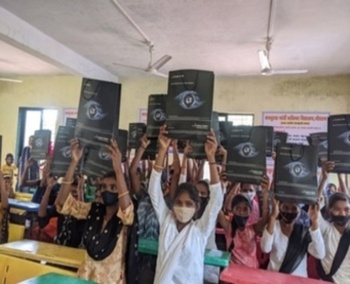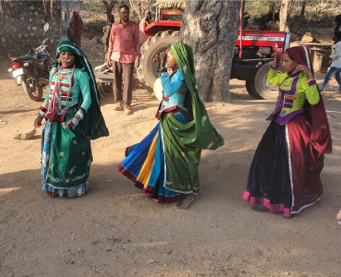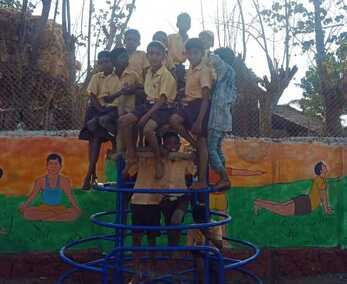How is Project Chirag Transforming Early Childhood Care Through Anganwadis in Remote India?
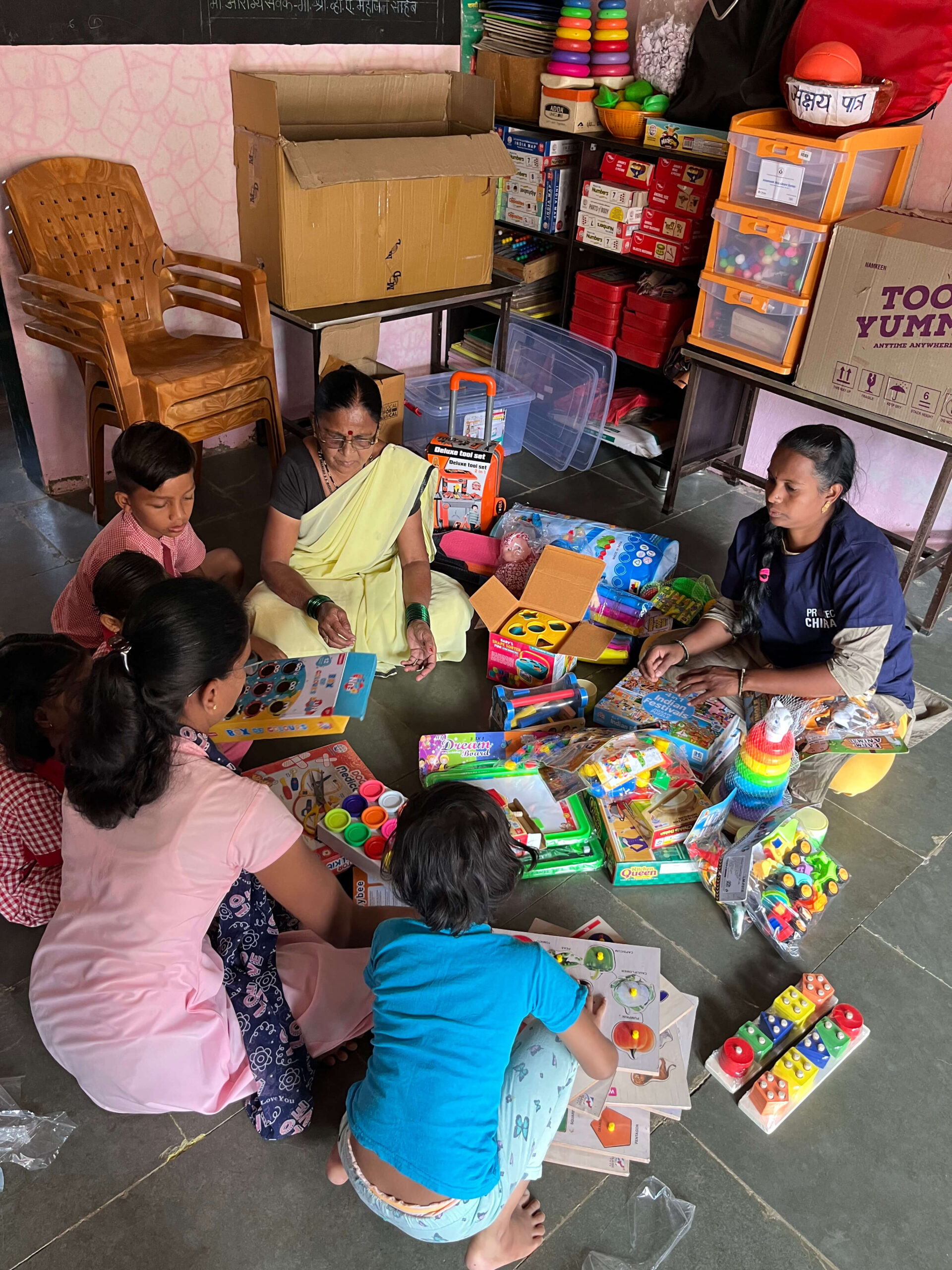
In India’s remote regions, early childhood often plays out in broken classrooms that barely have the basics. For millions of children, Anganwadis are the first exposure to structured learning and care. But a lot of these centres need urgent support and a serious upgrade.
With over 13.9 lakh Anganwadi centres in India (Ministry of Women and Child Development, 2023), the stakes are very high. But it’ll only make a real difference if we focus on strengthening them. This is where Project Chirag steps in.
What is the Role of Anganwadis in Early Childhood Education in India?
Anganwadis have been around since 1975. They are a part of the Integrated Child Development Services (ICDS) Scheme. Meant to be safe community spaces—they offer everything from meals and early learning to health check-ups and immunisations. Today, India has over 13.9 lakh Anganwadis (Ministry of Women and Child Development, 2023).
But while the vision is strong, the reality on the ground is far from ideal. Many Anganwadis lack basic infrastructure, teaching tools, electricity, and sanitation, particularly in India’s most remote and tribal areas.
The Real Picture of Anganwadis in Remote Areas
In the remote interiors of India, many Anganwadis continue to function in isolation, far from policy desks. While they’re designed to be hubs of learning, care, and community support, the ground reality is very different. These centres are battling multiple odds — from crumbling buildings and a lack of toilets to zero access to electricity or basic play materials.
1. Poor Infrastructure and Power Supply
As of June 2024, 35% of AWCs lacked functional toilets, and 36% didn’t have drinking water facilities, according to the Ministry of Women and Child Development. Many also operate from dilapidated buildings with no fans or lights.
2. No Learning Tools Translate Into No Learning Very Soon
Engaging children in the 3–6 age group without colourful books, toys, or digital tools is a challenge. Learning becomes mechanical, and retention drops. Without visual stimulation or interactive content, foundational literacy and numeracy skills don’t develop.
3. Limited Training for Anganwadi Workers
While the government offers basic training, many Anganwadi workers in remote areas don’t receive continuous support or digital skill upgrades. According to a 2020 NITI Aayog Report, only a small percentage of workers had received induction training. The face of continued training and skilling is grim, to say the least.
4. Nutrition and Hygiene Challenges
Even though Anganwadis provide mid-day meals, inconsistent rations and poor kitchen setups mean children often miss meals or receive subpar nutrition. The NFHS-5 (2023) revealed that 35.5% of Indian children under five are stunted, a clear indicator of chronic malnutrition.

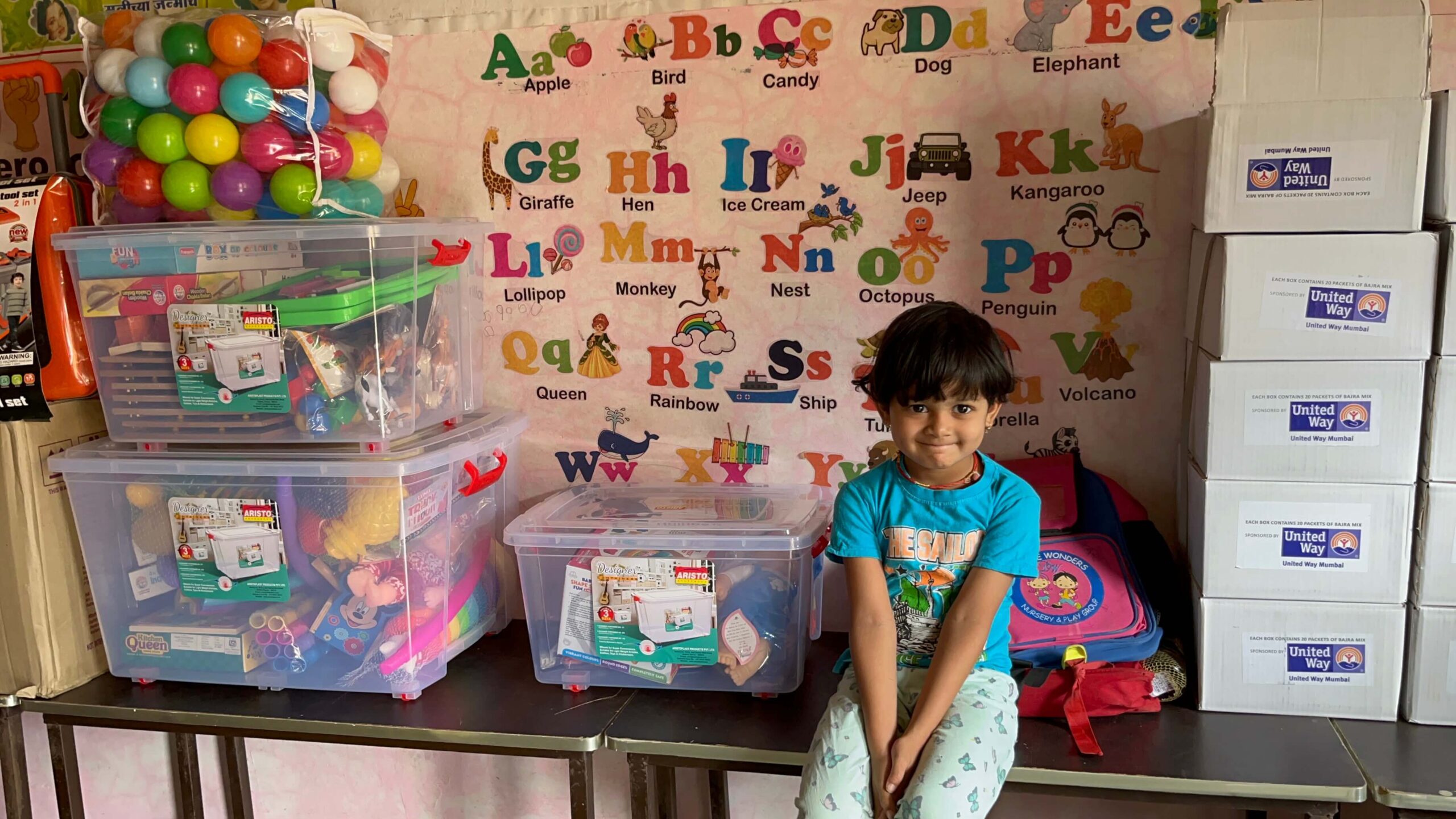

Transforming Early Childhood Care in Remote Areas
Let’s take a look at some stories of success from the remote regions of India. These Anganwadi’s received a transformation post electrification and are now thriving and how!
1. Integrated Anganwadi Development in Karjat
In 2022–23, Project Chirag, with support from Alleima, launched a comprehensive intervention across 20 Anganwadi centres in Karjat. These were not ordinary upgrades. The focus was on building systems that last — solar-powered, tech-enabled, and truly child-centric.
Each centre received:
- Solar off-grid PV systems for uninterrupted electricity
- Smart TVs and digital content to make learning interactive and fun
- Educational toys and activity materials to enhance cognitive skills
- Renovated spaces to ensure safety and comfort
- Water filtration units for clean drinking water
- Improved kitchen and nutrition setups
- And perhaps most importantly, training for Anganwadi workers to adapt to these new tools
The result? Children began arriving at the centres with joy. Teachers felt more empowered. Parents started trusting the system again.
“Our children are incredibly active and eager to learn. Digital education has revolutionised our teaching. We’ve seen more enrolment and better engagement,” shares Kalpana Ware, Anganwadi Sevika from Kondane.
2. A Brighter Start in Khoste Village
In the tribal village of Khoste, Project Chirag, with the support of Dentsu, implemented a holistic upgrade to the local Anganwadi—bringing not just light, but life, back into the centre.
This transformation included:
- Installation of a 600 W solar system to provide uninterrupted electricity ● An ultra-filtration unit for clean and safe drinking water
- Structurally safe and durable building upgrades to ensure a secure space for children and staff
- A Smart TV loaded with digital learning content via a PenDrive
- A range of interactive learning tools for motor skills, literacy, and cognitive development
- Empowerment of Anganwadi workers through new methods and training for child development
- Provision of 33 Marathi and bilingual storybooks neatly stored for easy access
- Creation of a visually enriching, child-friendly environment filled with books, picture materials, and engaging resources
Today, 26 children and 1 Sevika benefit from this enriched space where safety, education, and joy co-exist. The centre has become a place where learning is no longer a chore but a cherished daily ritual.
3. Bright Beginnings in Suksale, Palghar District
In Suksale, Vikramgad Taluka, the Anganwadi received solar electrification as part of a larger integrated development effort. This tribal village, like many others, battled inconsistent electricity, especially during monsoons. With reliable power and new learning tools, the centre now supports engaged, year-round education.
These efforts aren’t one-offs. Together, they form a replicable, scalable model.
How to Revamp Anganwadis in Remote Areas?
To truly revitalise Anganwadis and uplift early childhood education in India, we need systemic, multi-level action:
1. Strengthening Infrastructure with Clean Energy
Reliable electricity through solar power isn’t a luxury—it’s a necessity. It powers learning tools, provides safe spaces, and enables modern teaching methods.
2. Upgrading Anganwadi Workers Training
Regular, localised, and digital skill-based training sessions can help workers stay updated and feel more confident. When workers thrive, so do the children.
3. Integrating Digital Tools
Smart TVs , and audio-visual content are essential in today’s learning ecosystem. They’ve proven to increase engagement, attention span, and school readiness.
4. Prioritising Nutrition and Clean Water
Health and learning go hand in hand. Every Anganwadi must have access to clean drinking water, hygienic kitchens, and safe meal delivery practices.
5. Community Ownership
Engaging parents and local leaders in centre upkeep, attendance drives, and feedback loops ensures higher enrolment and better learning outcomes.
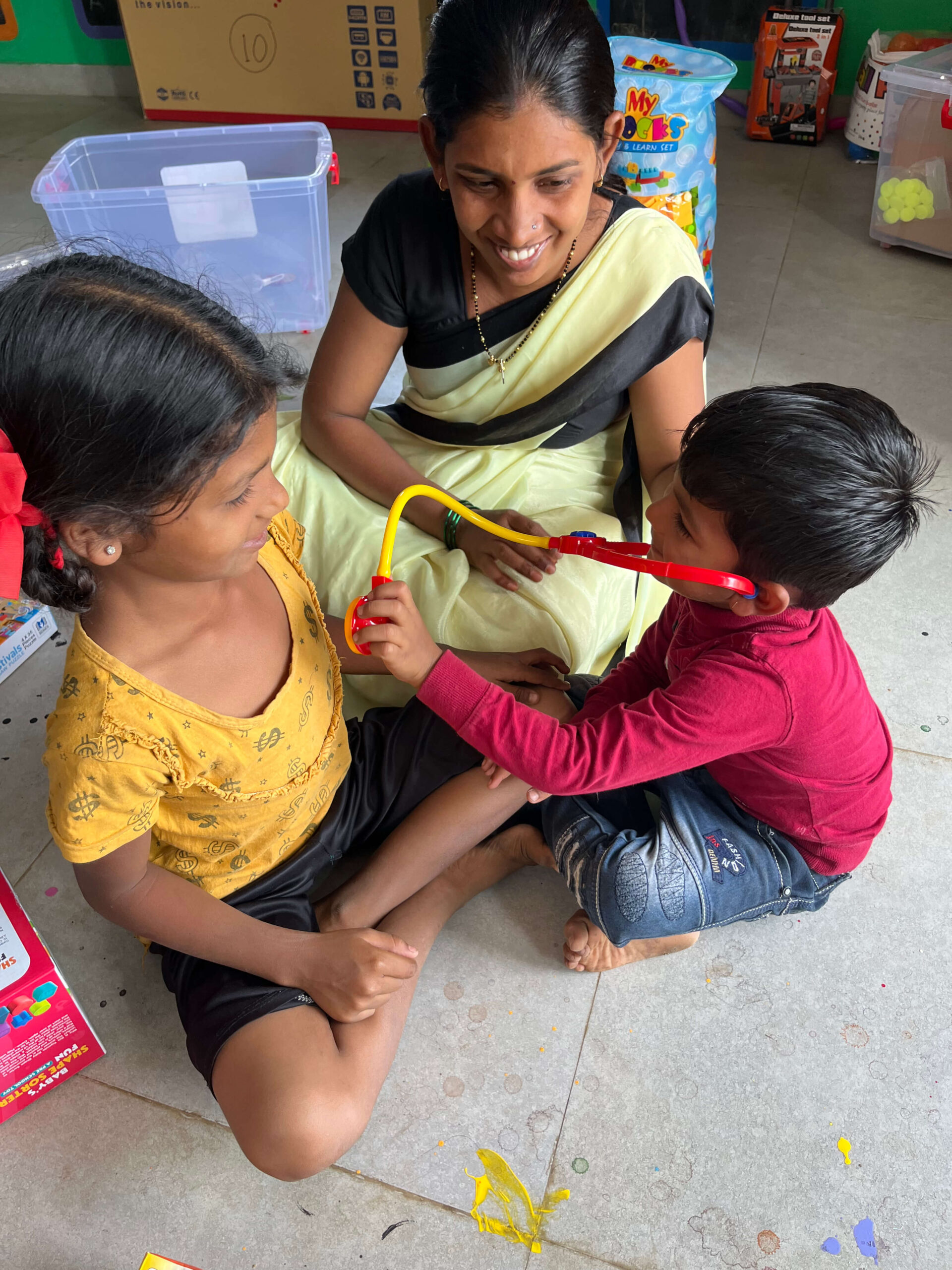


Why Early Childhood Care and Education Needs Urgent Attention?
UNICEF says 90% of brain development happens before the age of five. Missing out on quality stimulation, nutrition, and care during this time can have long-lasting impacts.
In India, over 16.45 crore children are below the age of six (Census 2011). Yet access to quality ECCE remains uneven. According to the MWCD, as of June 2024, about 37% of Anganwadi Centres (AWCs) didn’t operate for even 25 days in a month, affecting the delivery of both nutrition and educational services.
The NEP 2020 does push for universalising ECCE by 2030 and bringing it into the formal school system. But without strengthening Anganwadis, we risk leaving millions behind.
Your donation for rural development helps us capacitate under-resourced Anganwadis, thus ensuring every child has access to the foundation they deserve. Your support can accelerate the mission, helping build a more equitable future for the youngest citizens of India.
